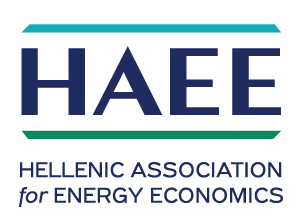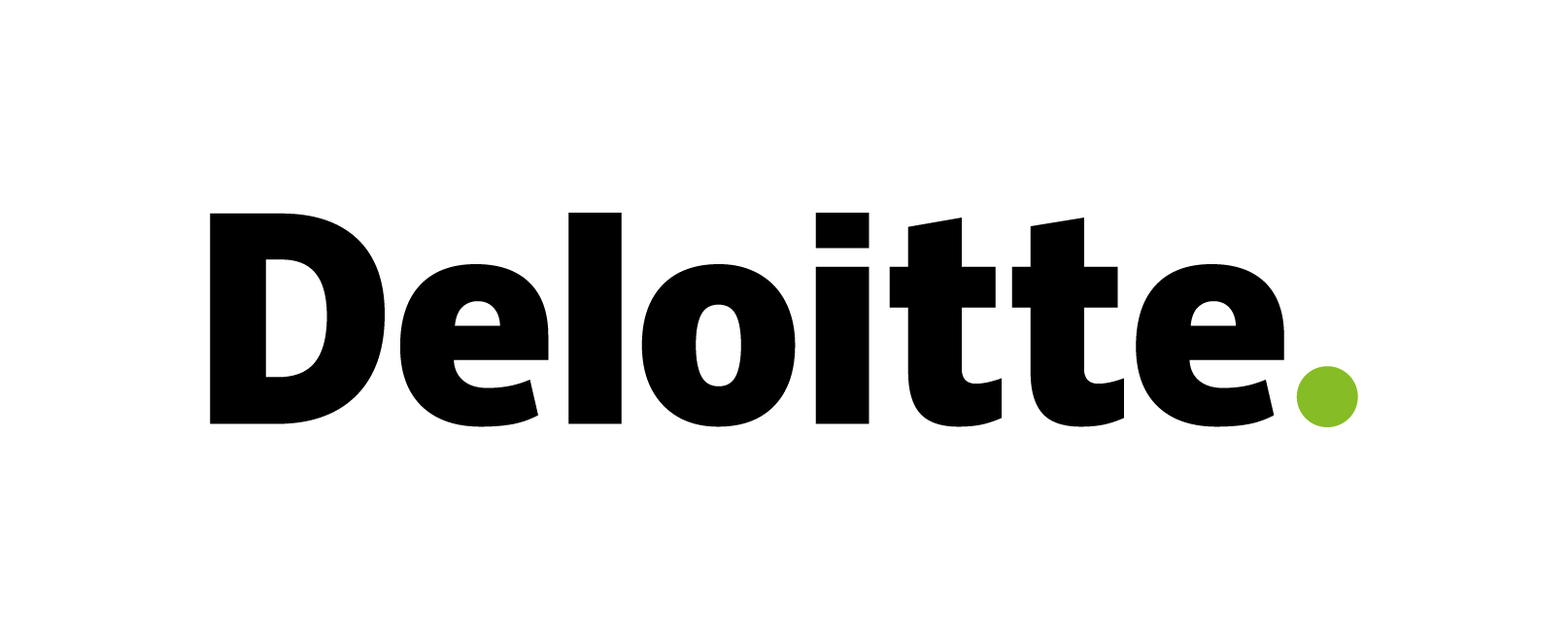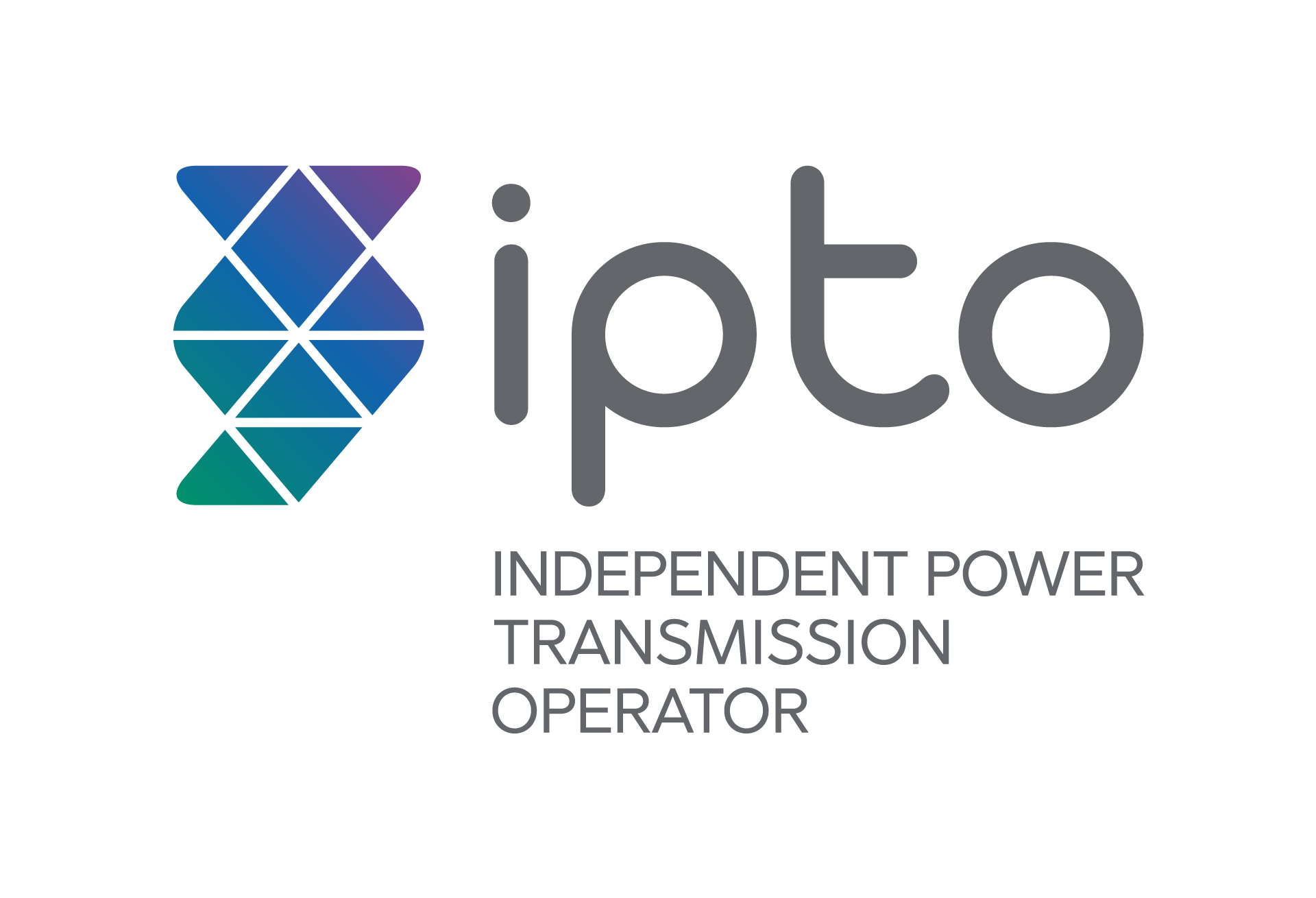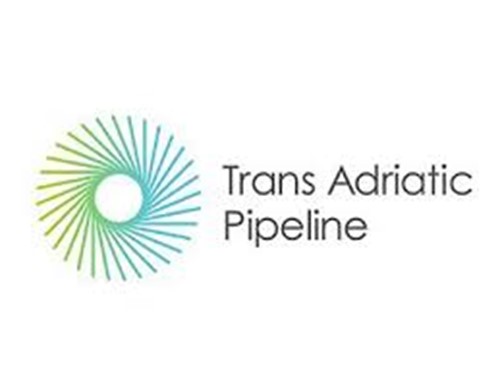Following the expansion of China’s Belt and Road Initiative (BRI) in many emerging markets over the past decade, the G7 has unveiled its own initiative to support global infrastructure development, dubbed Build Back Better World (B3W).
Announced at the G7 meeting in June this year in the United Kingdom, the B3W will focus on four main areas: climate, health, digital technology and gender. Its overarching goal is to catalyse hundreds of billions of dollars of infrastructure development in low- and middle-income countries. 1
Making that effort competitive with China’s BRI, however, could prove to be an uphill battle.
China’s Formidable Initiative
Launched in 2013 the BRI was initially intended to revive the ancient Silk Road trade routes between Eurasia and China but it grew to become a far-reaching plan for transnational infrastructure development, linking countries and continents through land and sea corridors and industrial clusters and encompassing Africa, Latin America, the Arctic and even a spin-off in space. 2
The BRI caused consternation among G7 countries from the moment of its inception. This was due in part to the fact that it was widely seen as a way to expand Chinese geopolitical influence.
Since it was first announced by Chinese President Xi Jinping in 2013 during a visit to Khazakhstan, Beijing’s BRI has channelled hundreds of billions of dollars into foreign infrastructure, boosting trade and clearing the way for China to forge political and economic links around the world.
The massive undertaking -- which President Xi dubbed “the project of the century” -- has become a pillar of Chinese foreign policy and a strategic tool for Beijing as it has deepened its partnerships and boosted its influence in the process. 3
The BRI has since been supported by international organizations and more than 150 countries -- including many in the West – as it has expanded in scope from ports, pipelines, and roads to include digital technology, health care, and green energy. 4
A new study entitled “From Silk Road to Silicon Road” undertaken by global economic consultants CEBR and sponsored by the Chartered Institute of Building (CIOB) in the UK, estimated that the BRI is likely to boost world GDP by 2040 by $7.1 trillion per annum. This raises world GDP by 4.2% in 2040. 5

Workers inspect the tracks of a rail route that links China’s Chongqing to Duisburg in Germany under the Belt and Road Initiative. Photo: Reuters
The benefits of the BRI are likely to be widespread. As many as 56 different countries are forecast to have their annual GDP in 2040 boosted by more than $10 billion as a result of the project. 6
As expected, China’s economy which is already the world’s largest based on purchasing power parity (PPP) with a GDP of $26.66 trillion in 2021 will be the biggest single beneficiary of the BRI. The United States is likely to be the next biggest beneficiary even though it isn’t participating directly in the project. This is because the sheer size of the US economy means that it gains from the indirect effects of world GDP being boosted. The third largest beneficiary will be Russia followed by Japan, Indonesia, Korea and the UK. 7
This is a transformative economic project that will reshape the world’s geography by linking places that were previously unconnected. It will give a huge boost to the world’s economy not only through creating new infrastructure but more importantly by boosting trade.”
Since its launching, more than 100 countries have signed on to its projects. By the middle of 2020 more than 2,600 projects valued at $3.7 trillion could be linked to the belt and road. 8
The BRI expansion has attracted deprecating comments from Western critics ranging from corruption, opaque governance and weak environmental standards. They claimed that in financial terms, the BRI has been generous but it often yields white-elephant projects that are hard to justify on a cost-benefit basis. They also claimed that other BRI projects come with more expensive commercial loans that leave recipient nations struggling to repay debts. China has even been accused of ‘debt-trap diplomacy’, in which investment projects are structured so they can’t easily be repaid thus allowing China eventually to assume outright ownership in debt-for-equity rescue deals. For example, in December 2017 Sri Lanka formally ceded 70% control of Hambantota Port to a Chinese state-owned firm on a 99-year lease after the government was unable to service Chinese loans used to build the $1.3bn strategic gateway on the Indian Ocean. 9
However, some of these apprehensions have been eased by recent developments.
Since the COVID-19 pandemic the BRI has increasingly moved away from big infrastructure projects with China placing a greater focus on sustainable health-related projects. This pivot has meant that countries participating in the BRI are receiving less financial resources: from a peak of more than $125 bn in total spending in 2015, China spent around $47bn on BRI projects last year.10
According to the Asian Development Bank, Asia would need to invest US$1.7 trillion per year in infrastructure until 2030 to maintain its growth momentum, tackle poverty, and respond to climate change. It noted that infrastructure needs across Asia and the Pacific far outstrip supply. 11
The establishment of a counterweight to China’s BRI may significantly provide an alternative to small and middle income countries that seek infrastructural development beyond the parameters of what China offers.
While Western leaders decry the BRI’s failings in public, in private they envy China’s success and worry about its rising global influence. The BRI Has undeniably helped China integrate its economy deeper in to the global trade system and deepened its economic and political ties with emerging nations across Asia and Africa. If the West keeps lagging behind in providing such aid, those same governments are likely to keep turning to Beijing as a partner. For instance, China plans to lend more than $1 trillion for infrastructure projects under the BRI over the next decade while the US has cut back aid.
This begs the question as to whether the G7’ B3W can actually do much to build infrastructure and, if it can, will the effort help enhance Western geo-economic influence?
What Are the Objectives of B3W?
China’s shift away from major infrastructure projects has left a gap which the B3W is aiming to fill.
There is a real opportunity right now for the B3W. The sheer global need for investment in infrastructure far exceeds the ability of any country to meet it, according to Jonathan Hillman, the director of the Reconnecting Asia Project at the Centre for Strategic and International Studies (CSIS). “Even the most exaggerated estimates of BRI will not meet the world’s needs.” 12
On the one hand, the B3W will constitute “a values-driven, high-standard, and transparent infrastructure partnership”, according to a fact sheet put out by the US government. It seeks to help narrow the more than $40trn infrastructure gap in the developing world, which has been exacerbated by the Covid-19 pandemic. 13
On the other hand, the B3W will serve as a counterweight to China’s BRI, with the fact sheet highlighting that it will be a means of “strategic competition with China”.
One potential obstacle facing B3W, however, is that Western countries currently lack a centralized point to coordinate infrastructure partnerships. This makes it unlikely that one unified initiative to rival the BRI will materialize. Instead, analysts say, any future Western initiatives are likely to remain a mix of separate but coordinated projects between various players like the United States, the European Union, Japan, and India.
Another potential obstacle is funding. While public institutions from G7 nations can step in to provide funding, a large amount of financing would need to come from the private sector, which is traditionally hesitant to get involved in large-scale infrastructure projects.
Why B3W Will Have an Uphill Battle against BRI?
There are three major reasons why the B3W will struggle to compete with China’s BRI.
The first is that the BRI is apolitical whilst the B3W is steeped in politics. Whilst the BRI has been providing aid and soft loans to poor and developing countries since 2013 to help them build and/or upgrade their infrastructure and start wealth-creation projects with no political interference in their affairs whatsoever, countries who would receive any aid from the B3W would have to toe the Western political line or no aid or loans would be forthcoming.
The second reason is that the BRI aims at expanding global trade by helping other countries’ economies to grow richer and bigger from which the Chinese economy could also benefit. In other words, the underpinning principle of the BRI is live and let live. On the other hand, the B3W wouldn’t have seen the light of day if not for the great success of the BRI. Its ultimate goal has far less to do with helping poorer and developing countries improve their lot and far more to serve as a counterweight to the BRI in a strategic competition with China.
A third reason is that the B3W focuses on green projects with the ultimate beneficiary being the G7 countries themselves while the BRI puts food on the table for the people of poorer and developing countries. The poor countries of the world don’t give a toss about climate change and emissions when they don’t know where the next meal will come from.
Western countries are perceived to be hypocrites. A case in point is Africa. For years they avoided investing in Africa or offering aid and loans either because of the sanctions they themselves imposed on African countries or because of the politics of these countries. On the other hand China invested heavily and helped many poorer countries develop their natural resources and grow richer irrespective of their politics by offering aid and soft loans thus enabling Africa to grow for many years at 4.4% per annum on average. 14
Nevertheless, I hasten to add that China’s investments in Africa couldn’t have been totally altruistic. They must have been partly motivated by its need for Africa’s natural resources. Still both sides benefited enormously from this cooperation.
Footnotes
- “Can G7 Countries Compete with China’s Belt & Road Initiative?” posted by oilprice.com on 29 July 2021 and accessed on 15 August 2021.
- Ibid.,
- Reid Standish, “Can the West Devise an Alternative to China's Belt and Road?” published by RadioFreeEurope (China in Eurasia) on16 May 2021 and accessed on 15 August 2021.
- Ibid.,
- “New Report on the Chinese Belt & Road Initiative Predicts Boost to Global GDP by Over $7 Trillion Per Annum” published by the Chartered Institute of Building (CIOB) in the UK on 27 May 2019 and accessed on 15 August 2021.
- Ibid.,
- Ibid.,
- Mario Siow, “Will the West’s Answer to China’s Belt & Road Initiative Lead Anywhere”, published by China in Eurasia on 29 May 2021 and accessed on 15 August 2021.
- “Can G7 Countries Compete with China’s Belt & Road Initiative?”
- Ibid.,
- Mario Siow, “Will the West’s Answer to China’s Belt & Road Initiative Lead Anywhere?”
- Reid Standish, “Can the West Devise an Alternative to China's Belt and Road?”
- “Can G7 Countries Compete with China’s Belt & Road Initiative?”
- Based on data from the World Bank accessed on 16 August 2021.
-----------------------------------------------------------------------------------------------------------------------------
*Dr. Mamdouh G. Salameh is an international oil economist. He is one of the world’s leading experts on oil.
He is also a visiting professor of energy economics at ESCP Business School in London.
Disclaimer: "The contents of this article are the author's sole responsibility. They do not necessarily represent the views of the Hellenic Association for Energy Economics or any of its Members".





































